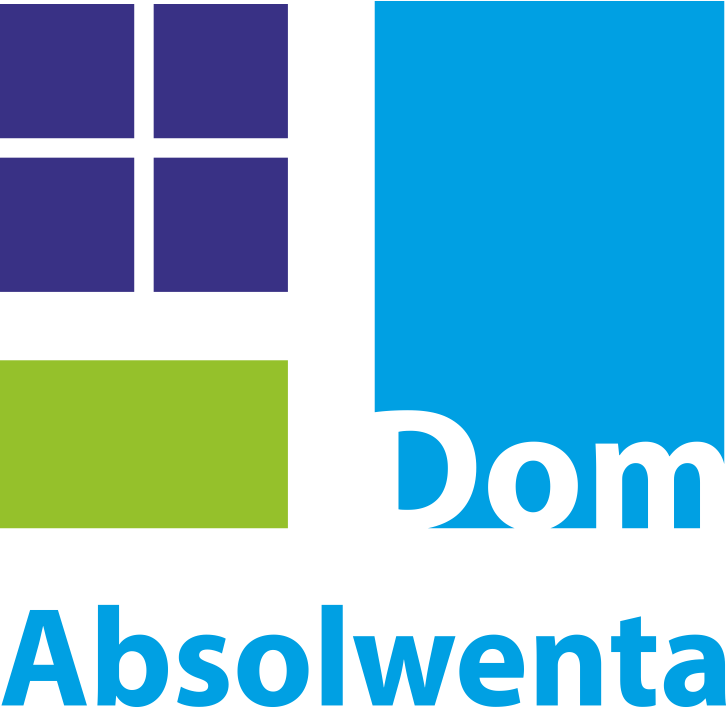A contact list for notification questions is available online with built-in messaging features. If you have any questions about a specific reporting obligation, you can send an e-mail directly to the secretariat`s contact point. The information contained in the Central Register on individual notifications shall be made available to any Member entitled to receive the notification in question upon request. Transparency is a crucial commitment of World Trade Organization (WTO) members – a commitment that has been at the center of the Trump administration`s concerns. Countries fulfil this obligation through notification obligations divided among WTO agreements. These commitments – and how to ensure their fulfilment – should be important considerations at the WTO Ministerial Conference in June 2020, which was postponed due to the Covid-19 pandemic. Q1: What transparency and notification obligations under the WTO Agreements? Do countries adhere to this? Overall, very few LDCs have submitted all the necessary notifications under the WTO TFA. Despite all efforts, many countries have not met the deadlines for submitting implementation notifications, designations by. B category ABC electronic means and indicative and final implementation dates, as well as transparency notifications. The Uruguay Round Ministerial Decision on Notification Procedures established a Central Register of Notifications (CRN) under the responsibility of the Secretariat. With the exception of the reporting obligations related to the Integrated Database (IDB) contained in wt/L/225, which must be fulfilled by creating machine-readable submissions, Members fulfil their notification obligations by submitting a paper notification. As indicated in document WT/INF/25/Rev.1, such notifications may also be sent by fax or as an electronic attachment to e-mails, but in any case all reports must be sent in paper form to the administrator of the CRN and not to WTO bodies and/or secretariat staff, regardless of their content or the requirement under which they are submitted. If a Member has not complied with its notification obligations one year after the imposition of these sanctions, the following measures will be taken: the main instrument for ensuring the transparency of the multilateral trading system is the submission of notifications made by each Member and reviewed by the relevant WTO bodies.
The TFA-S&DT regulation offers developing countries and LDCs flexibility in its implementation. However, the disadvantage of these provisions is that developing and least developed countries are expected to submit a series of notifications within sometimes tight deadlines. Often, they needed more time to prepare these messages. As of 26 August 2021, the WTO Secretariat had received 9 requests for extensions of the deadline for notification of transposition dates, all submitted by least developed countries. The impossibility of requesting an extension for a missed deadline exacerbates this problem. All countries must provide “transparency notices”, i.e. communication with information on how countries have implemented six TFA measures (publication, internet publication, enquiry points, use of customs agents, single window and customs cooperation). The proposal also highlights that developed countries in certain sectors do not comply with transparency and notification obligations, such as. B the obligations under Article III(3) of the GATS and the aggregate measure of support (AMS) for agricultural declarations.
The proposal also proposes to ensure that the different committee meetings do not conflict with each other and that WTO meetings remain open to all and do not take place under green room procedures in order to ensure greater institutional transparency. The Council for Trade in Goods will review the notification obligations and procedures under the agreements set out in Annex 1A of the WTO Agreement. The review shall be carried out by a working group whose composition shall be open to all members. The group will be established immediately after the date of entry into force of the WTO Agreement. The number of countries complying with WTO notification obligations has remained stable. However, as new Members have joined the WTO, the percentage of Members fulfilling these obligations has decreased. This is reflected in the preparation of subsidy notifications under Article 25(1) of the Agreement on Subsidies and Countervailing Measures, which requires Members to notify the WTO of subsidies covered by the Agreement. Some LDCs may have referred to the measures as A measures, but later found that they did not fully meet the legal requirements. However, if a measure is called A, the TFA does not allow least developed and developing countries to move it to B or C. This leads to a triple problem where, first, LDCs are not able to share the need for technical or financial assistance for actions that are insufficiently classified A and to obtain technical and financial support for their implementation.
Second, the inaccurate designations provide an inaccurate overview of TFA implementation in LDC countries, as estimated by the WTO TFAF. And third, other WTO Members could initiate proceedings against the Member that is not in compliance with the dispute settlement mechanism. At the global level, the WTO Database on Trade Facilitation Agreements (TFAF) estimates that 70% of all Members` obligations under the TFA have been implemented so far. [1] However, the data reported show that the least developed countries have implemented only 37% of their commitments. When Members of the World Trade Organization (WTO) signed the Trade Facilitation Agreement (TFA), they committed to submit different notifications depending on their level of development. [1] Based on countries` implementation commitments as set out in the reporting data, as of 26 August 2021, the proposals highlight the challenges faced by both developed and developing countries. Given the different needs of the two groups, it may be desirable to require countries to identify themselves if they need additional support and capacity to comply with reporting and transparency obligations. Q3: What proposals have been made at WTO meetings to encourage countries to comply with their transparency and notification obligations? The first proposal, made by Argentina, Australia, Canada, Costa Rica, the European Union, Japan, New Zealand, Taiwan and the United States, provides for new procedures for Members to request an extension to comply with reporting obligations and introduces sanctions for non-compliance. .


Recent Comments